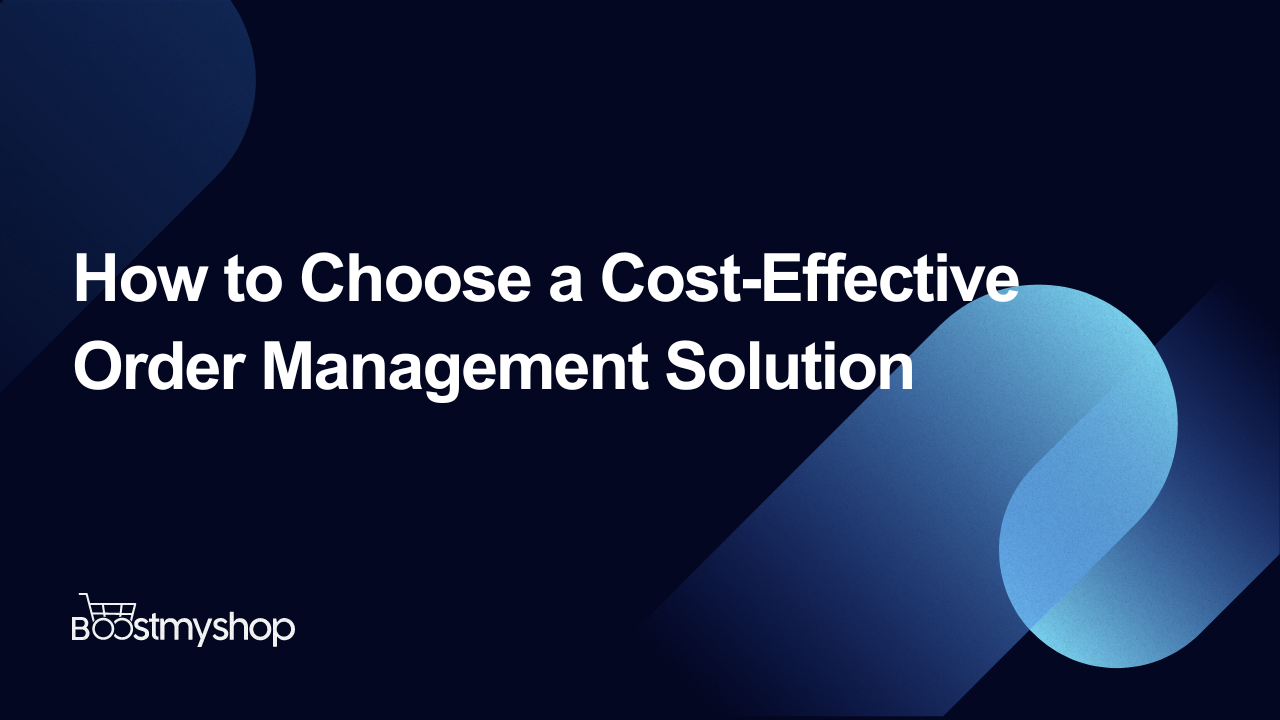A beginner’s guide for dropshipping
Who has never heard of dropshipping? Popularly used on marketplaces for many years such as Amazon, Rueducommerce, or Ebay, it’s a term massively used in the e-commerce sphere.
Are you planning to launch your dropshipping activity but not sure from where to start? This article will help you understand the basics to get you started.
What is dropshipping?
It is a retail fulfilment method where the concept is to sell products that you do not keep in stock. Therefore, it is a tripartite system amongst the seller, supplier and customer. The seller chooses the range of products he wants to sell and the suppliers, respectively.
Here are the 3 distinct stages of dropshipping:
- The customer creates order from the seller
- The seller receives the customer’s order and places the order with respective supplier
- The supplier accepts the order and sends it to the customer.
What is the aim of using this method?
Dropshipping makes it easier to sell quickly at a lower cost.
The seller doesn’t have to invest in managing inventory or stock. Mainly, if you sell fragile products, valuable products or any high maintenance products, it’s a major cost saver if you do dropshipping. Besides, the seller can reduce 30% of his cost as he doesn’t have to manage delivery.
It can be beneficial for sellers as it saves a lot of time in the supply chain process. Moreover, the time saved can be utilised to focus on improving e-commerce websites, marketing campaigns and website traffic.
How to choose your supplier?
It is important to choose the right supplier as it plays an impactful role in the process. Avoid googling “best dropshipping provider” as you will find 100s of different suppliers around the world.
Here are the easy steps to qualify the right suppliers –
- Geographical location of the supplier
- Type of products the supplier offers (generalist or specialised)
- Quality of the products
- Delivery time and options offered
- Ability to ship B2C vs. pallet shipping
- Type of method used to avoid overselling and manage inventory
After you qualify your supplier do not hesitate to test the products yourself to judge the delivery and quality. In this way, you will be able to create a relationship of trust with your supplier and satisfy your customers.
Who is dropshipping for?
Dropshipping is now aimed at anyone wishing to sell on the Internet.
Freelancers are the most adept because it is effortless and fast to create an online store without having to manage a stock of products.
If you already own an online store, you can also diversify your sales methods and start dropshipping in addition to your standard e-commerce. This will allow you to diversify your product catalogue without increasing your stock or costs and thus, satisfy your customers in the best way.
How to manage Dropshipping?
Dropshipping looks simple on paper, and it does have many advantages but it can be challenging to manage because you will be entering a business partnership with the suppliers. That means if there is any mistake by the supplier then it will have a direct impact on your company. However, you will have to manage your suppliers with the utmost care.
myFulfilment product offered by Boostmyshop can cover you from the possible mismanagement of dropshipping.
We can help you to synchronise your supplier’s stocks in myFulfillment so you can put your supplier’s inventory on your watch list.
Here is how you can manage dropshipping on myFulfillment
-
Push your stocks as well as your supplier to your CMS
-
Automatically assign orders to dropshipping
-
Transmit orders by email / PDF / EDI to supplier
-
Supplier has access to a portal allowing him to update the progress of dropshipping orders
-
Tracking dashboard will help you to follow your dropshipping orders
However, you can rely on the Boostmyshop solution to help you to manage your profitable dropshipping business.





